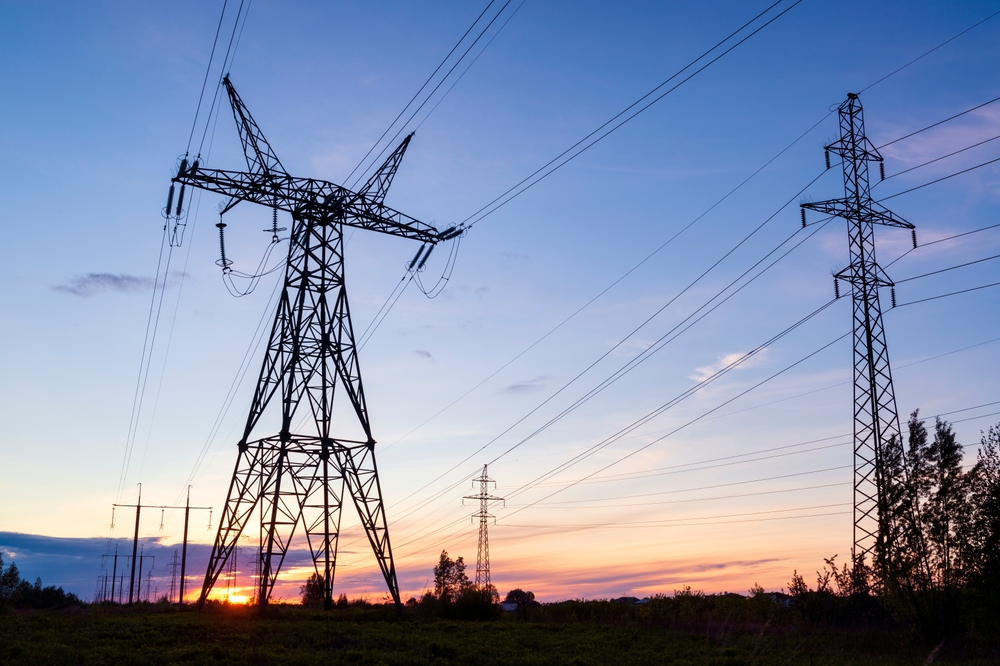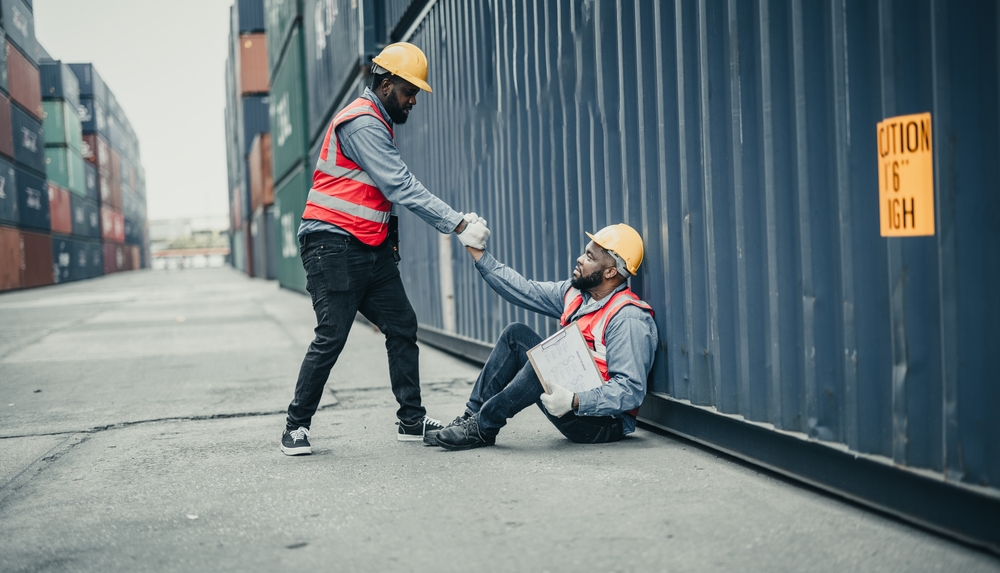Why Risk Management for Construction Companies Is Crucial for Growth
In construction, risk management cannot go ignored. In the words of Sir Michael Latham, “No construction project is risk-free. Risk can be managed, minimized, shared, transferred, or accepted – It cannot be ignored.” Large projects and machinery, increasing stakeholders, expensive equipment, dangerous work, labor shortages, increased demands – these are all highly catalytic elements of risk that categorize the industry.
The value of risk management from a safety perspective is inherently obvious – manage risky scenarios before they happen and prevent injuries as a consequence. However, with risk management requiring a fundamental buy-in from the entire organization, you may need to better articulate to your leadership why a construction company must engage in risk management for sustained, long-term growth:
1. Occupational Injury
The risk management of occupational injuries is critical in the prevention of several growth-detracting factors for construction companies. If risk goes ignored, the consequences may include increased costs, loss or reduction in profit, damage to the brand or reputation, disposal of the business or insolvency, and – at worst – an occupational injury or fatality.
For construction companies, though, that last risk of occupational injury often isn’t taken seriously enough. Unfortunately, risk management gets so integrated into financial decisions and market forecasts that the actual risk management of occupational injuries isn’t given enough attention – or funding.
The prevention of occupational injury before it occurs is an underlying and highly critical component of sustainable growth for construction companies, though. For those profit incentivized leaders out there, the capital fallout that comes after a workplace injury is not to be taken lightly. In fact, the average cost of a medically consulted workplace injury is $39,000, while a workplace fatality is $1,150,000. However, for ethical professionals in the construction industry, the cost of a human life doesn’t need to be discussed – every single worker deserves to go home safe every single day.
In either case, evidence of elevated risk exposure needs to be proven in order to begin mitigating the risk.
2. Risk Assessment
Understanding what risks exist comes from an effective risk assessment. A strong risk assessment will identify present areas of risk, analyze the levels of risk in each area, and evaluate the severity and solutions of each area using professionally established risk criteria.
The amount of risk is identified by the level of exposure. Exposure manifests in 3 different forms:
People – where exposure is directly correlated to the attitudes, behaviors, and competencies of certain employees.
Plant – where exposure can be affected by the physical location, equipment, and materials.
Process – where the level of exposure is realized in the daily processes and procedures that govern daily operations.
Arguably, the most vital component of a successful risk assessment will be your company’s ability to communicate. Identifying and finding solutions for risks within your construction company is only the first step. If every single member in the company isn’t communicating, improving, and participating in the solutions presented after the risk assessment, then… you’re still at risk.
Construction risk management is necessary for growth – but it isn’t necessarily a simple process to initiate within a business, especially if it isn’t already being discussed. For all questions regarding risk management within your own construction company, do not hesitate to reach out to us by phone at 630.759.9908 or by email at Info@Optimum-USA.com.








